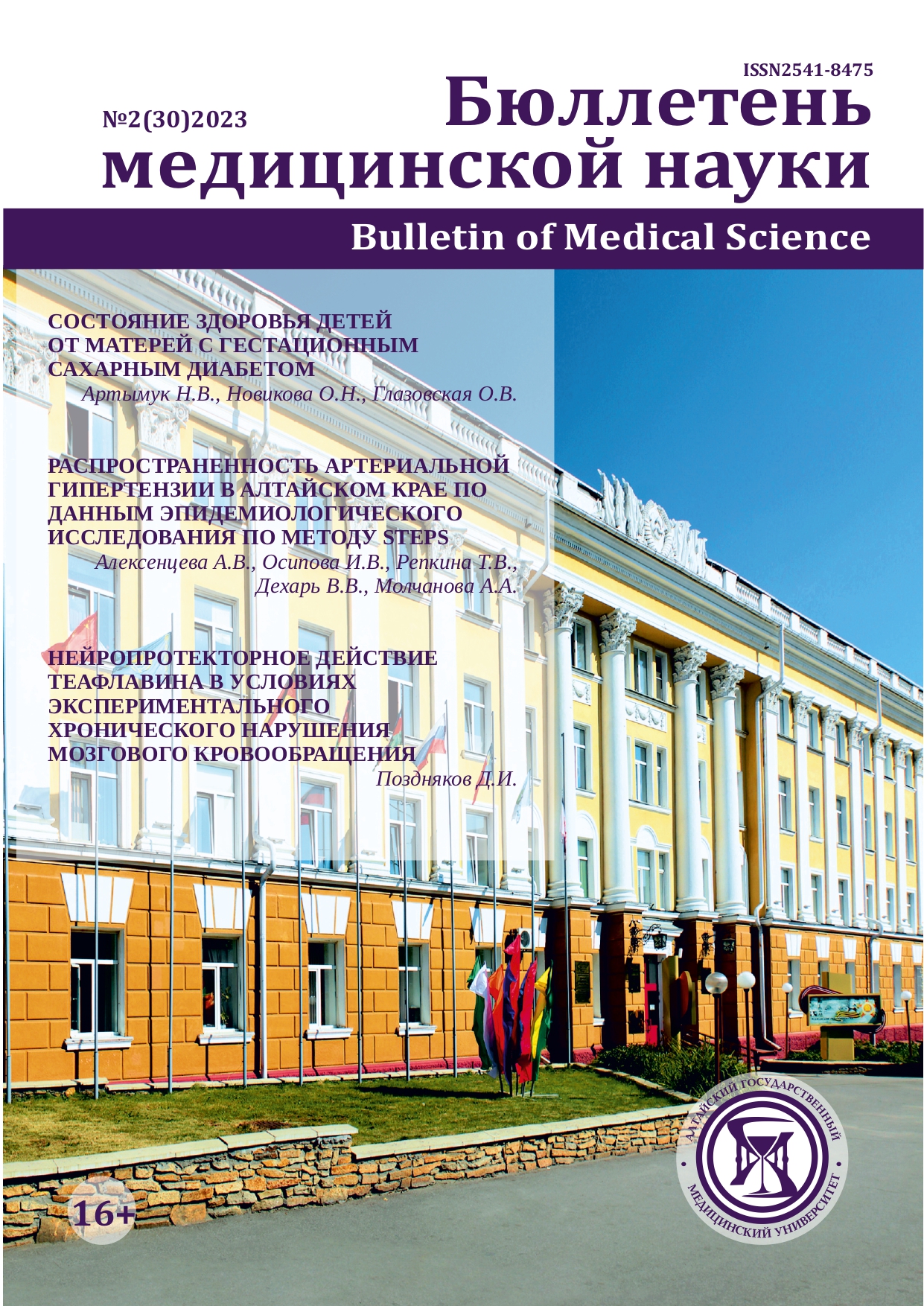EFFECTIVENESS OF VITAMIN-LIKE SUBSTANCES IN COMPLEX THERAPY OF DIABETES MELLITUS AND ITS COMPLICATIONS: A COMPREHENSIVE LITERATURE REVIEW
UDC 616.379-008.64:615.356
DOI:
https://doi.org/10.31684/25418475-2023-2-106Keywords:
diabetes mellitus, vitamin-like substances, complications of diabetes mellitusAbstract
The review of the scientific literature examines the relevance of the use of vitamin-like substances (coenzyme Q10, lipoic acid, taurine, inositol, pyrroloquinolinquinone) in diabetes mellitus, which is a common chronic disease that causes early disability and mortality in patients. The increase in the incidence of diabetes leads to the search for new ways of complex treatment of both the disease itself and its complications. Currently, new nutraceuticals undergo a thorough examination under strict evidence-based medicine, which is a guarantee of their effectiveness and safety. The authors, based on experimental data and the results of clinical studies presented in the open literature, demonstrated the positive effect of the use of vitamin-like substances for the treatment of diabetes mellitus and the prevention of its complications.
Downloads
References
Downloads
Published
How to Cite
Issue
Section
License
Copyright (c) 2023 Вероника Олеговна Красюкова, Татьяна Геннадьевна Семенюк, Вячеслав Михайлович Вдовин

This work is licensed under a Creative Commons Attribution 4.0 International License.












